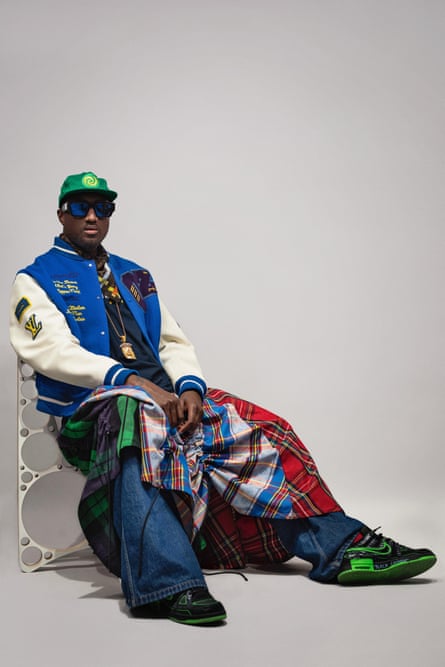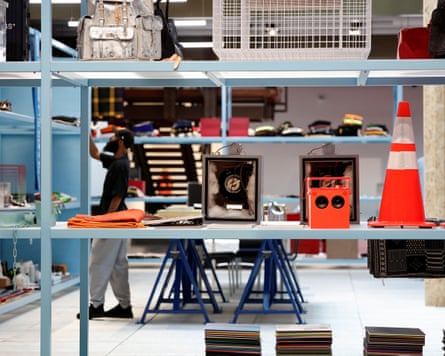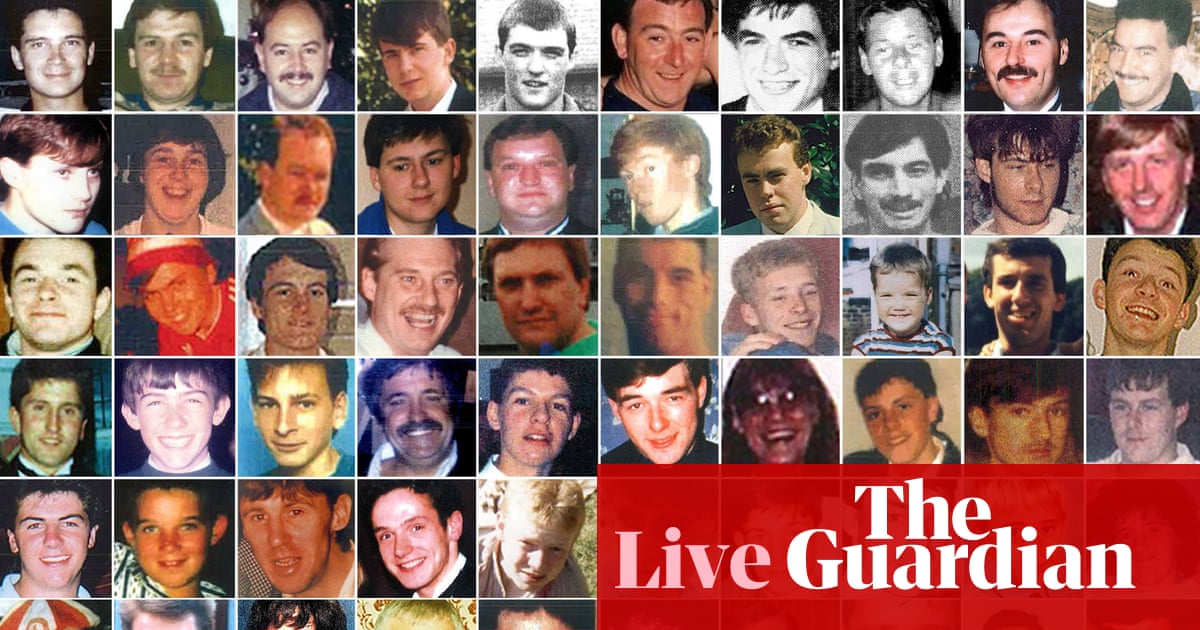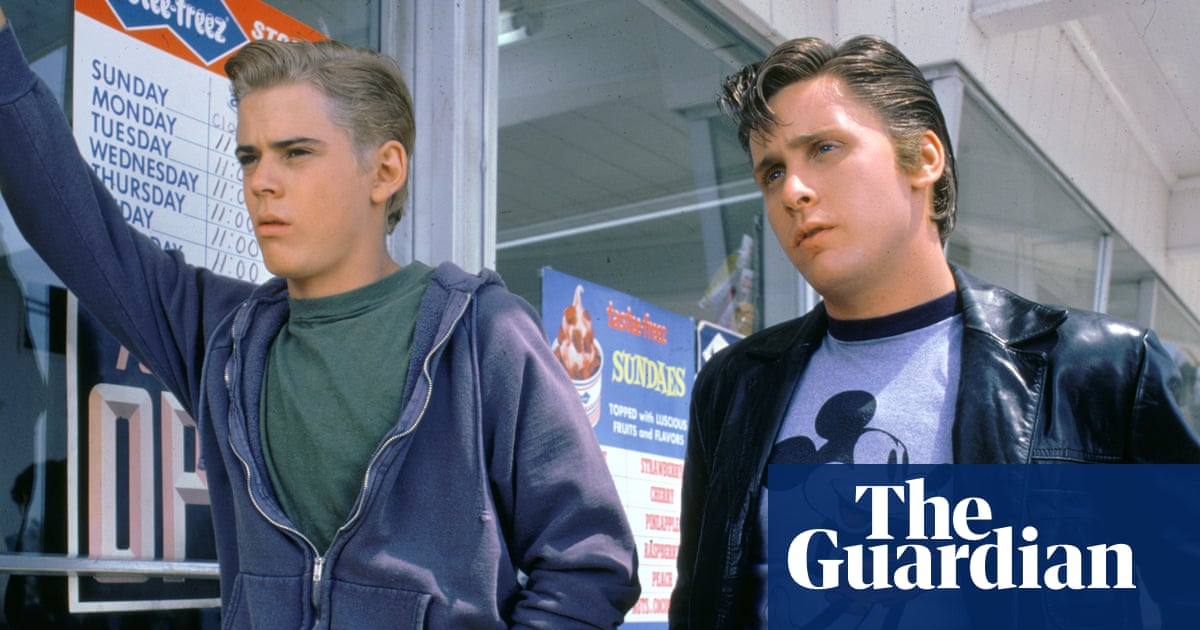Before his death in 2021 aged 41, Virgil Abloh was often called the most important fashion designer of his generation. Not the best – not even close. Even at Louis Vuitton, where he became the first Black man to oversee the label’s menswear in 2018, he preferred to print on T-shirts rather than tailor them. But as a pop-culture-obsessed polymath who approached fashion with a teenager’s enthusiasm, his high-low take on streetwear sought to open up the rarefied world of fashion to kids like him who had historically been shut out of it, whether he was putting his stamp on Evian bottles, Ikea rugs, or £8,000 bags.

The scale of his impact on design can’t be measured in stuff, but Virgil Abloh: The Codes, the first exhibition devoted purely to the late fashion designer’s whopping 20,000-item archive, demonstrates that he was as much a voracious collector of things – the titular codes – as he was a maker of it.
Curated by Abloh’s collaborators Chloe and Mahfuz Sultan along with his widow, Shannon, this two storey exhibition uses his belongings to show his journey from the son of Ghanaian immigrants in Illinois to architect, graphic designer, DJ, and finally one of the biggest designers in the world.
The layout is like a garage sale. Huge piles of folded Off-White T-shirts and Nike trainer collaborations sit alongside paintbrushes, scissors, and teenage laptops. A pair of Nike Air Jordan 1s have been turned inside out, while one of his leather handbags emblazoned with the word “sculpture” (quotation marks were one of his design hallmarks) sits alone on a stool.
The more immersive exhibits include his office at Louis Vuitton (he famously referred to his phone as his desk) and a full-size DJ booth; proof of his cultural reach, growing up in Illinois in the 00s, his DJ name back then was Flat White.
The signposting is minimal, and while some of the more gnomic additions – various USB sticks and mixtapes in glass vitrines – will only make sense to his diehard fans, it is a fascinating insight into the mind of a late millennial growing up in a capitalist world before TikTok.
At times it can feel overwhelming, but the codified layout is also how Abloh operated. He would record his interviews with journalists on tapes which he kept in order to revisit and pore over as his work evolved. The tapes are presumably among the remaining objects still in storage which – judging by the reception and queues outside – will probably see the light of day in future exhibitions.

Abloh’s stint at Louis Vuitton was very successful but it was his collaborations with global brands which transcended the appeal of his tailoring, approaching each item – a Rimowa suitcase, a Nike trainer, the aforementioned Evian bottles – as if he was sampling a song. This stemmed from his “3% approach” – the idea that you could create a new design by changing an original by just 3%.
Opening for just 10 days during Paris fashion week at the Grand Palais – scarcity hype was a very Ablohian strategy – the timed queues outside on its opening day suggest it wasn’t simply the hottest ticket in town, but that it was ludicrous to think that Abloh’s legacy would simply vanish from fashion’s slipstream after his death.

 2 months ago
69
2 months ago
69

















































